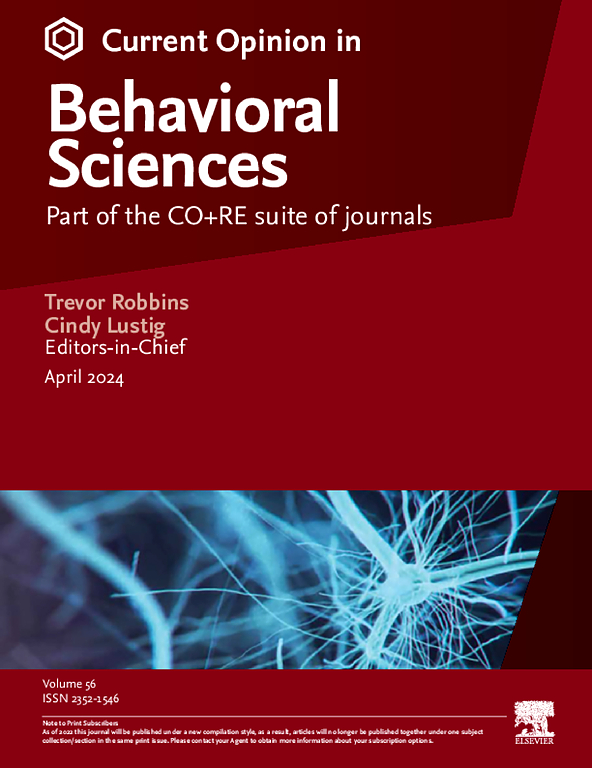Occam’s razor misapplied: Pinpointing the role of the default mode network in creativity
IF 3.5
2区 心理学
Q1 BEHAVIORAL SCIENCES
引用次数: 0
Abstract
The parsimony principle, or Occam’s razor, holds that the simplest explanation for a phenomenon is often one that offers its best or most likely account. When it comes to explanations for the brain basis of creativity, the most dominant one in contemporary times emphasizes the key role played by the default mode network (DMN), where dynamic interactions between the DMN and other brain networks, particularly the executive cognition network (ECN), are proposed to facilitate creative ideation. In this opinion paper, I argue that while DMN–ECN brain dynamics appear to offer the simplest explanation (and therefore, to follow Occam’s dictum, the most likely explanation) for the brain basis for creativity, to reach such a conclusion is not warranted because of fundamental weaknesses inherent in the evidence at hand. Three major concerns in this field of research include vast variability in scoring methodology across studies, the imposition of blanket interpretations and conclusions despite heterogeneous findings, and the failure to account for or even acknowledge individuality in the study of the creative process. The veneer of narrative simplicity, then, is a result of glossing over differences, ignoring the internal perspective of the creating individual, and overlooking evidence that runs contrary to the dominant explanation. This is Occam’s razor misapplied.
奥卡姆剃刀被误用:指出默认模式网络在创造力中的作用
简约原则,或奥卡姆剃刀,认为对一种现象最简单的解释往往是最好或最可能的解释。当谈到创造力的大脑基础的解释时,当代最主流的解释强调默认模式网络(DMN)所起的关键作用,其中提出DMN与其他大脑网络,特别是执行认知网络(ECN)之间的动态相互作用,以促进创造性思维。在这篇观点文章中,我认为,虽然DMN-ECN大脑动力学似乎为大脑的创造力基础提供了最简单的解释(因此,按照奥卡姆的格言,这是最可能的解释),但由于现有证据中固有的根本弱点,得出这样的结论是不合理的。这一研究领域的三个主要问题包括:不同研究的评分方法存在巨大差异;尽管研究结果不尽相同,但仍强制采用千篇一律的解释和结论;以及未能考虑甚至承认创造性过程研究中的个性。因此,简单叙事的表象是掩盖差异的结果,忽视了创造个体的内在视角,忽视了与主流解释相反的证据。这是奥卡姆剃刀的误用。
本文章由计算机程序翻译,如有差异,请以英文原文为准。
求助全文
约1分钟内获得全文
求助全文
来源期刊

Current Opinion in Behavioral Sciences
Neuroscience-Cognitive Neuroscience
CiteScore
10.90
自引率
2.00%
发文量
135
期刊介绍:
Current Opinion in Behavioral Sciences is a systematic, integrative review journal that provides a unique and educational platform for updates on the expanding volume of information published in the field of behavioral sciences.
 求助内容:
求助内容: 应助结果提醒方式:
应助结果提醒方式:


